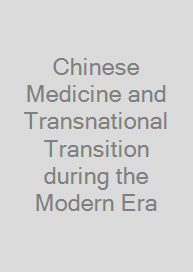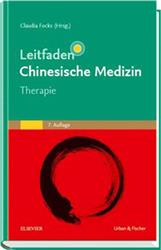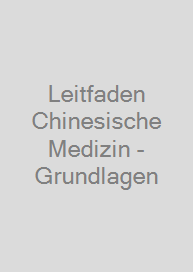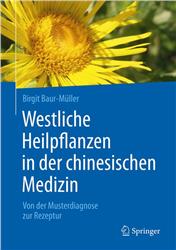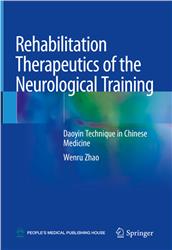Chinese Medicine and Transnational Transition during the Modern Era
Commodification, Hybridity, and Segregation
| Auflage | 2022 |
| Seiten | 222 pp., 1 illus. |
| Verlag | Springer |
| ISBN | 9789811599514 |
| Artikel-Nr. | 620240 |
Noch nicht erschienen, ca. Dez. Liefertermin 1-3 Tage nach Erscheinen
Produktbeschreibung
This volume analyses the transition of Chinese medicine during the modern era, and the development of product and service niches in selected countries: China, Malaysia, Japan and the Philippines. By investigating the major actors behind the transition, it explores in what way and to what extent these actors affect the transition. It argues that the transnational transition of Chinese medicine is caused not only by spontaneous cultural and social factors, i.e. population growth, technological innovation and acculturation, but also by hegemonic political and economic factors such as Western influence, adoption of the philosophy of modern state, and global commodification of indigenous medical specialties.
Argues that the transnational transition of Chinese medicine has increasingly segregated the practice
Synthesizes the twenty first century development in the education and hospital practice of Chinese medicine in China and could be seen as revival of apprenticeship practice
Examines the commodification and contamination of Chinese medicine by the drug and health product manufacturers to meet the market demand
Argues that the transnational transition of Chinese medicine has increasingly segregated the practice
Synthesizes the twenty first century development in the education and hospital practice of Chinese medicine in China and could be seen as revival of apprenticeship practice
Examines the commodification and contamination of Chinese medicine by the drug and health product manufacturers to meet the market demand

Bleiben Sie informiert!
Melden Sie sich für den frohberg.de-Newsletter an und nutzen Sie jetzt Ihre Vorteil:- Willkommens-Dankeschön: Beatmungsmaske Rescue Me
- Aktuelle Neuerscheinungen und Empfehlungen
- Exklusive Angebote und Kongress-Highlights
